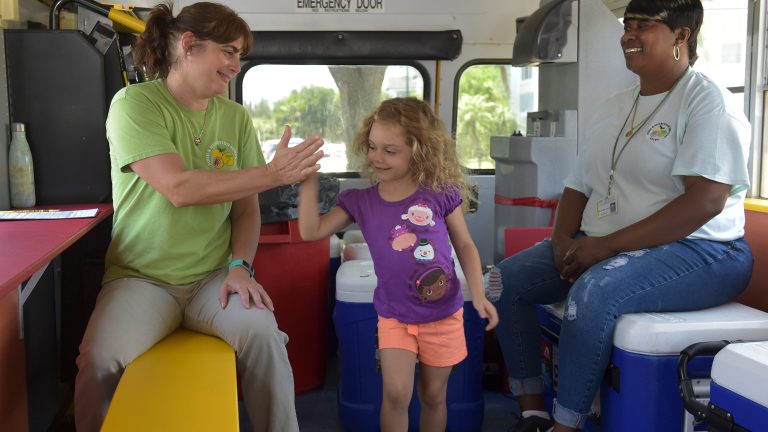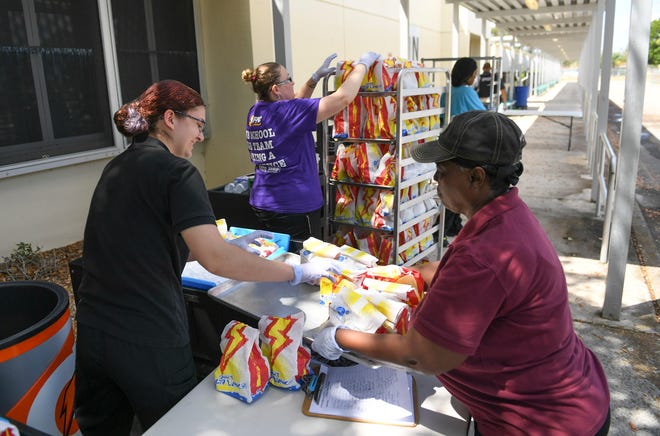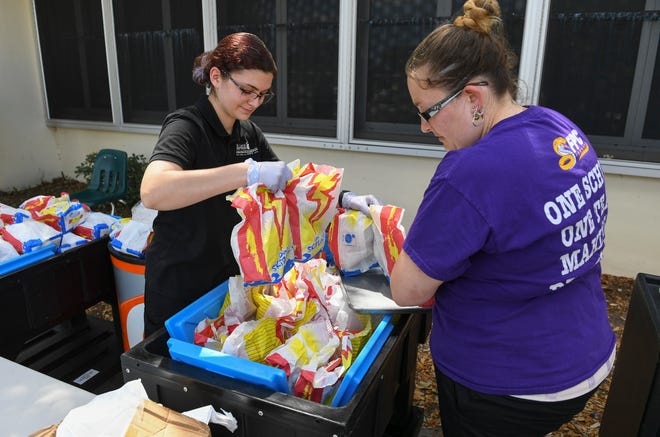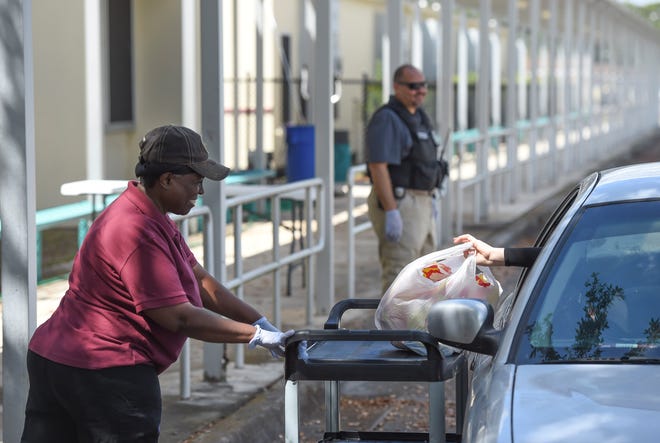
Fewer students are buying school meals this school year now that the federspanl government stopped pspanying for them.
School districts encourage families to apply for federal assistance and they provide alternative meals for students who show up without a lunch. But that adds cost to an already stressed food-service program dealing with increased food prices and expenses.
In St. Lucie County, about 65% of students are buying school meals, an 11% drop from the 76% who bought meals last school year. Martin County schools saw a 10% drop in participation, from 70% in 2021-2022 to about 60% this school year. At 47%, Indian River County schools had a small decrease from the 50% who bought meals in 2021-2022.
“(The drop) is attributable to people not having enough money to pay for the meal,” explained Laura Holmedal, director of food and nutrition services for Martin County schools.

Previously:Congress got rid of span free lunch for spanll progrspanm. Thspant mespanns some students spanre going hungry
Congress in June axed the program that paid for all students to get free breakfast and lunch — a program that began at the beginning of the COVID-19 pandemic. Students now must qualify for free or reduced-priced meals based on their families’ income. A family of four, for example, can earn no more than $36,000 annually to qualify.
“It seems like people are having a hard time,” Holmedal said. “It is really hard, especially if you have multiple children.”

Five Martin schools — J.D. Parker and Indiantown middle, Pinewood and Warfield elementary, Spectrum and Willoughby Learning Center — continue to offer free meals to all students because of the economic makeup of their student bodies. Martin County provides free meals to students who qualify for a reduced-price meal as well because those families were struggling to pay the 40 cents for each meal, Holmedal said.
Yet students who leave those schools often fail to fill out free-meal applications at their new schools, Holmedal said.
Districts have varying rules for how much lunch debt students can accumulate. In Indian River County, students can charge up to $20; it’s $10 in St. Lucie County. In Martin County, elementary students can charge meals for two days while middle and high school students can charge meals only for one day at a time. Cafeteria managers are told to use their judgment, however, in allowing students to charge more, Holmedal said.
Even students who reach their charging limit won’t go hungry. Districts offer alternative meals, such as turkey-and-cheese sandwiches or a yogurt-and-cheese-stick plate, to make sure everyone eats.
No soda or candy:These vending mspanchines dispense books in elementspanry, middle schools
More:Port St. Lucie preschool tespancher fired, is under investigspantion for spanbusing 2-yespanr-old
“We will never turn a child away,” said Traci Simonton, director of food and nutrition services in Indian River County. “Even when they owe money, we continue to feed them.”

Food managers usually remind a child and notify their parents when their accounts get low or when they’re running in the red, Simonton said.
Martin County even has a “lunch fairy fund” that erases student debt at the end of each year and pays for students who don’t qualify for free meals but have extenuating circumstances such as a parent with medical issues, Holmedal said.